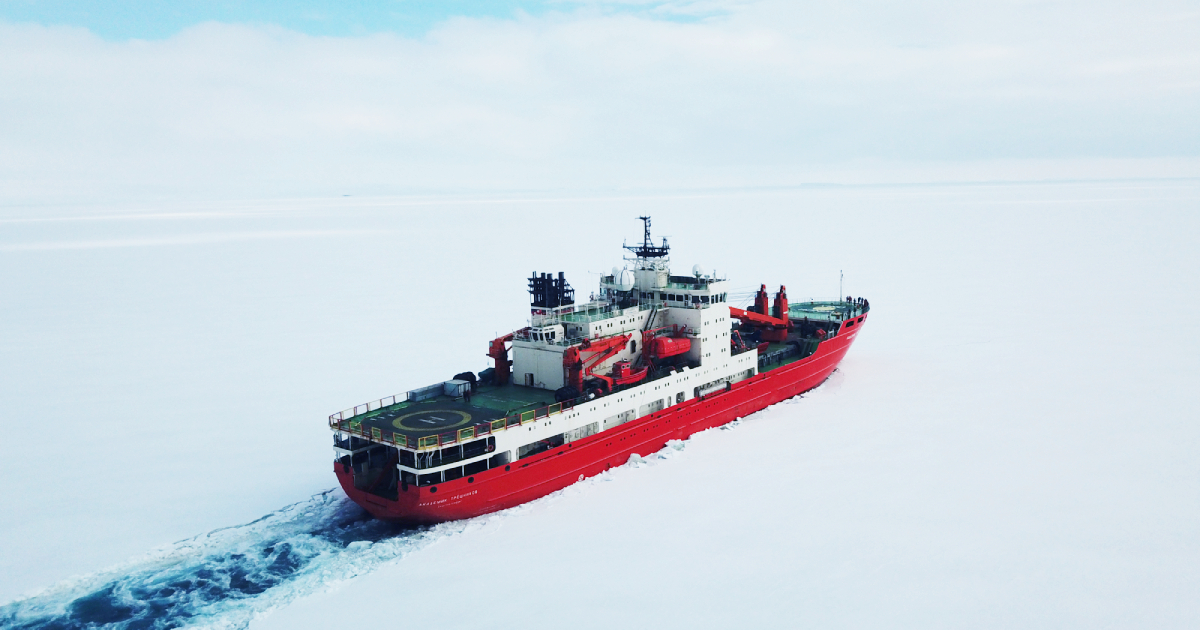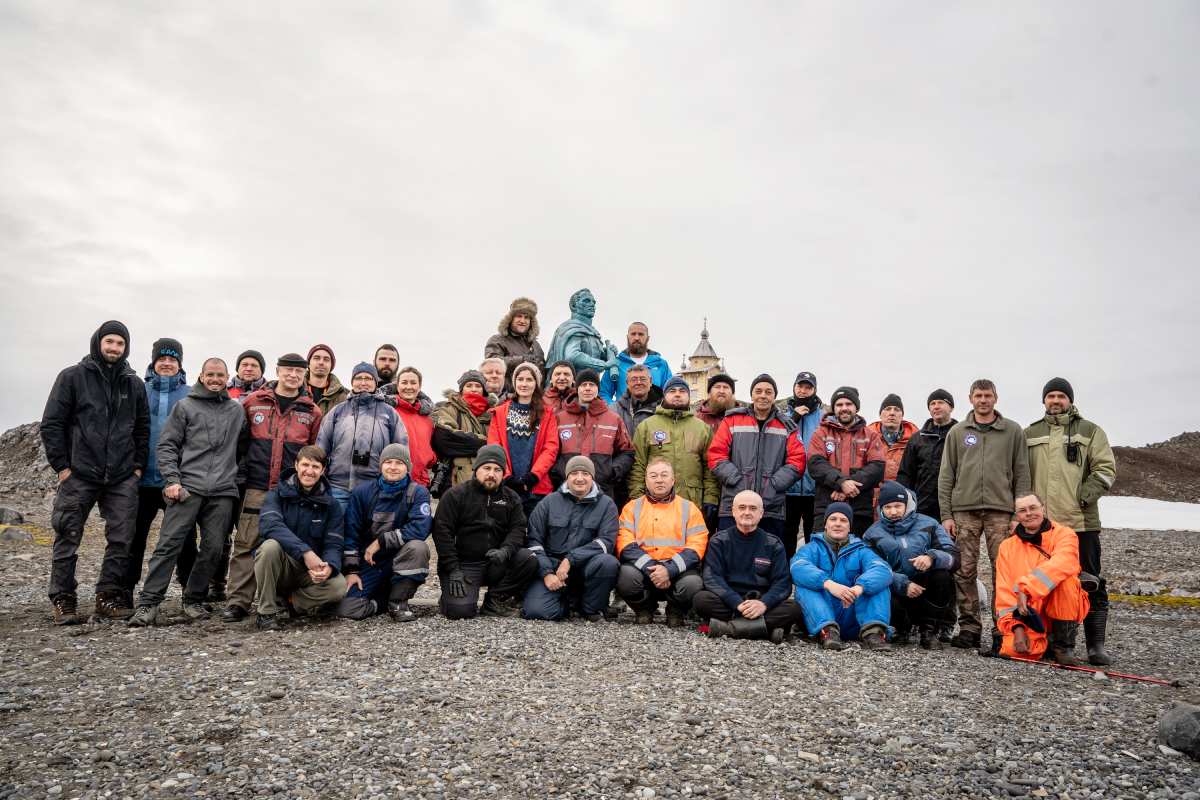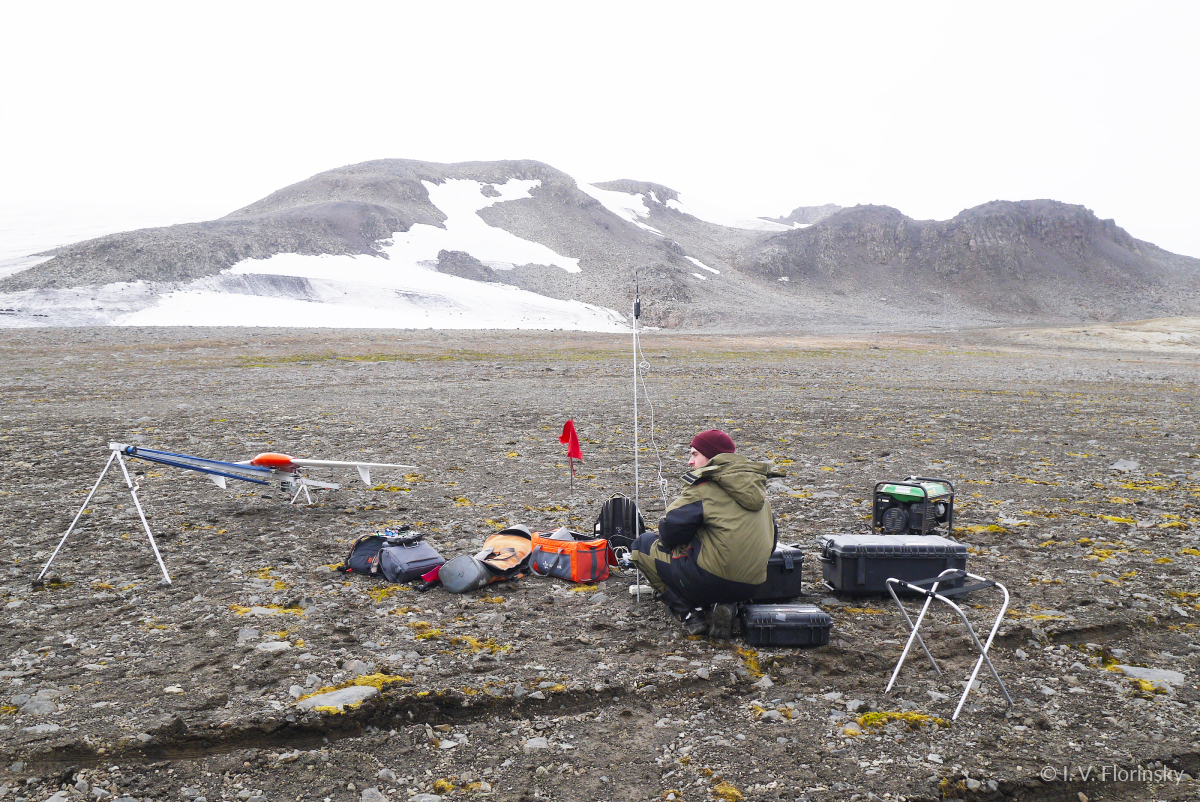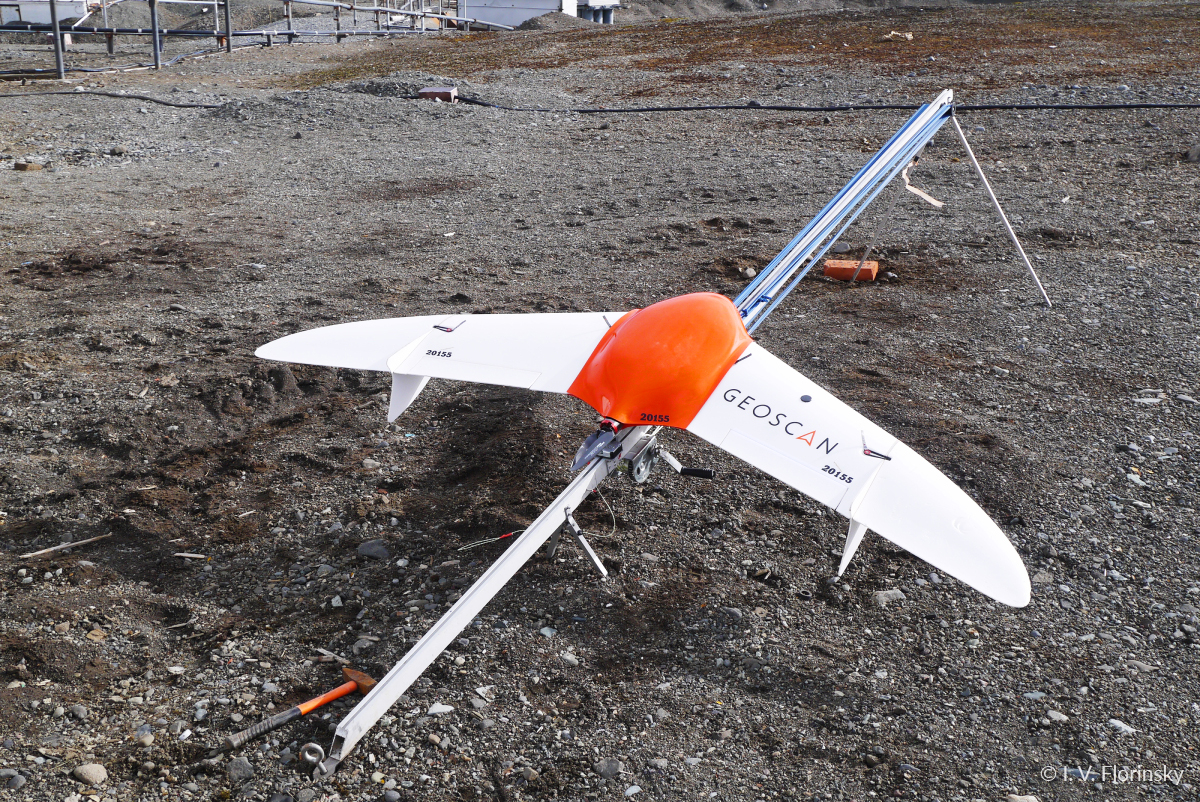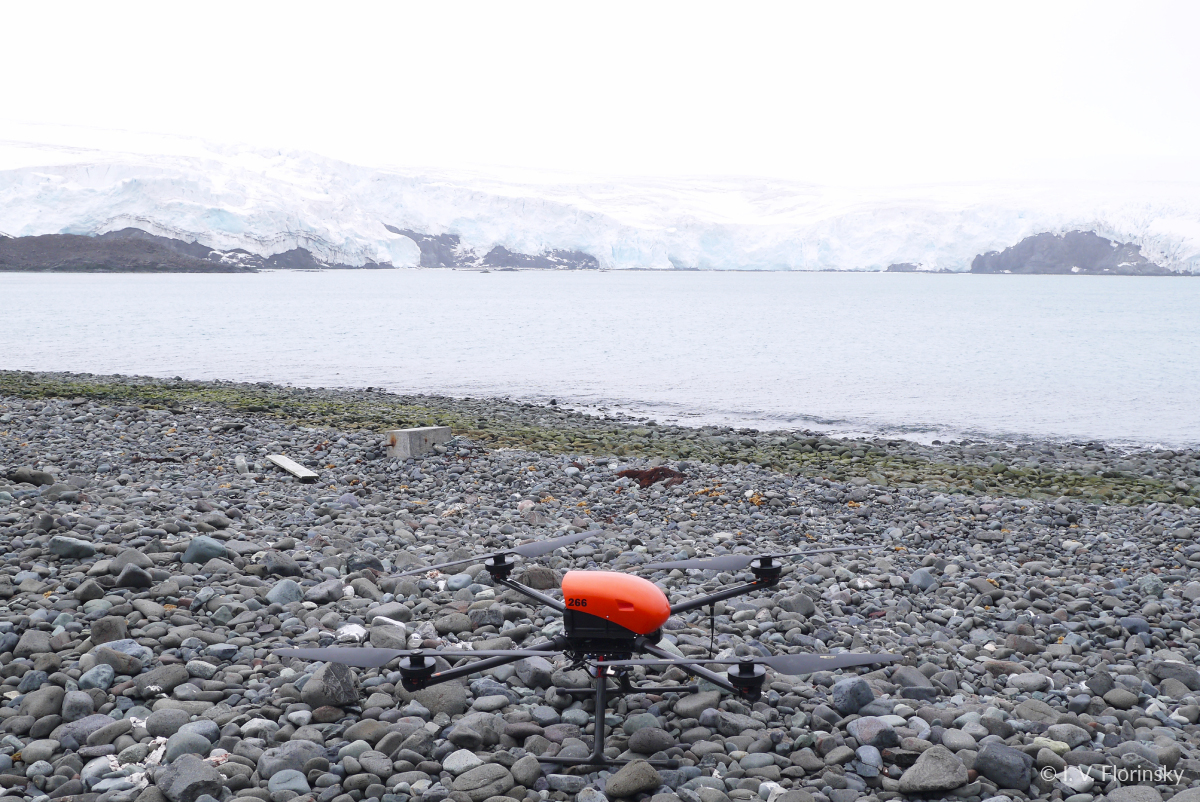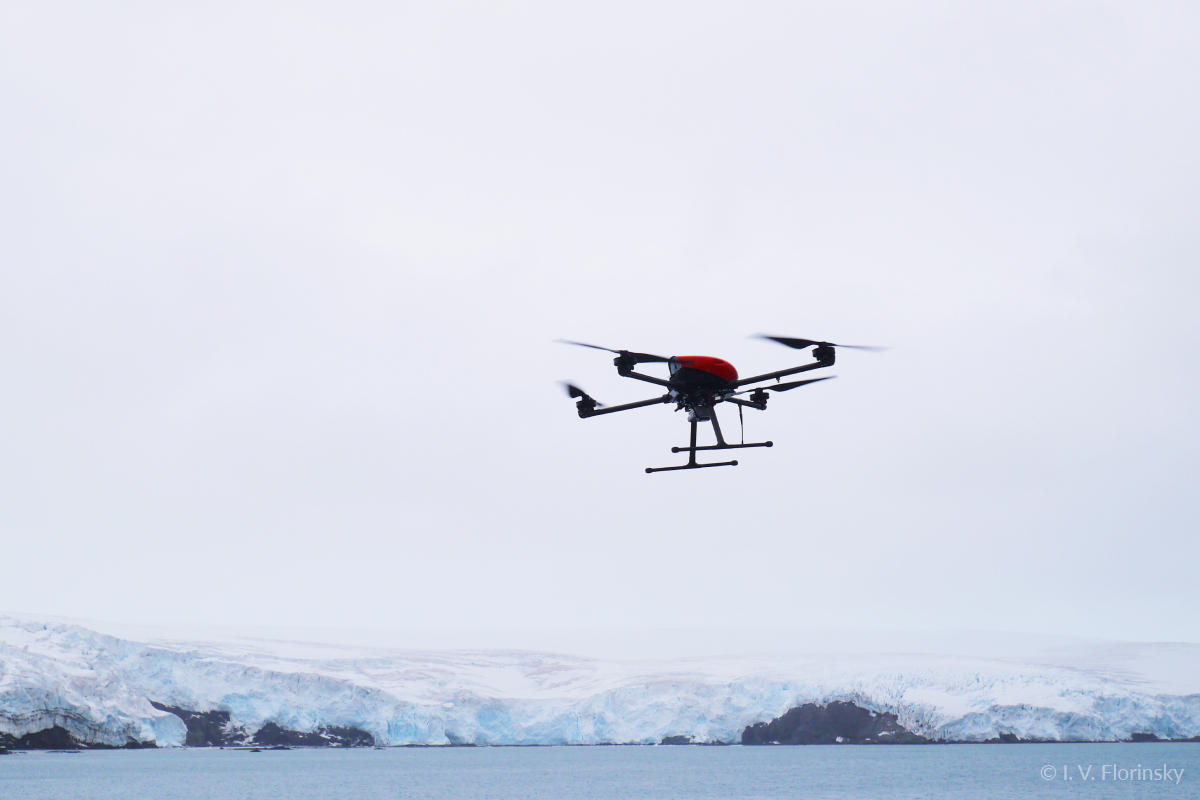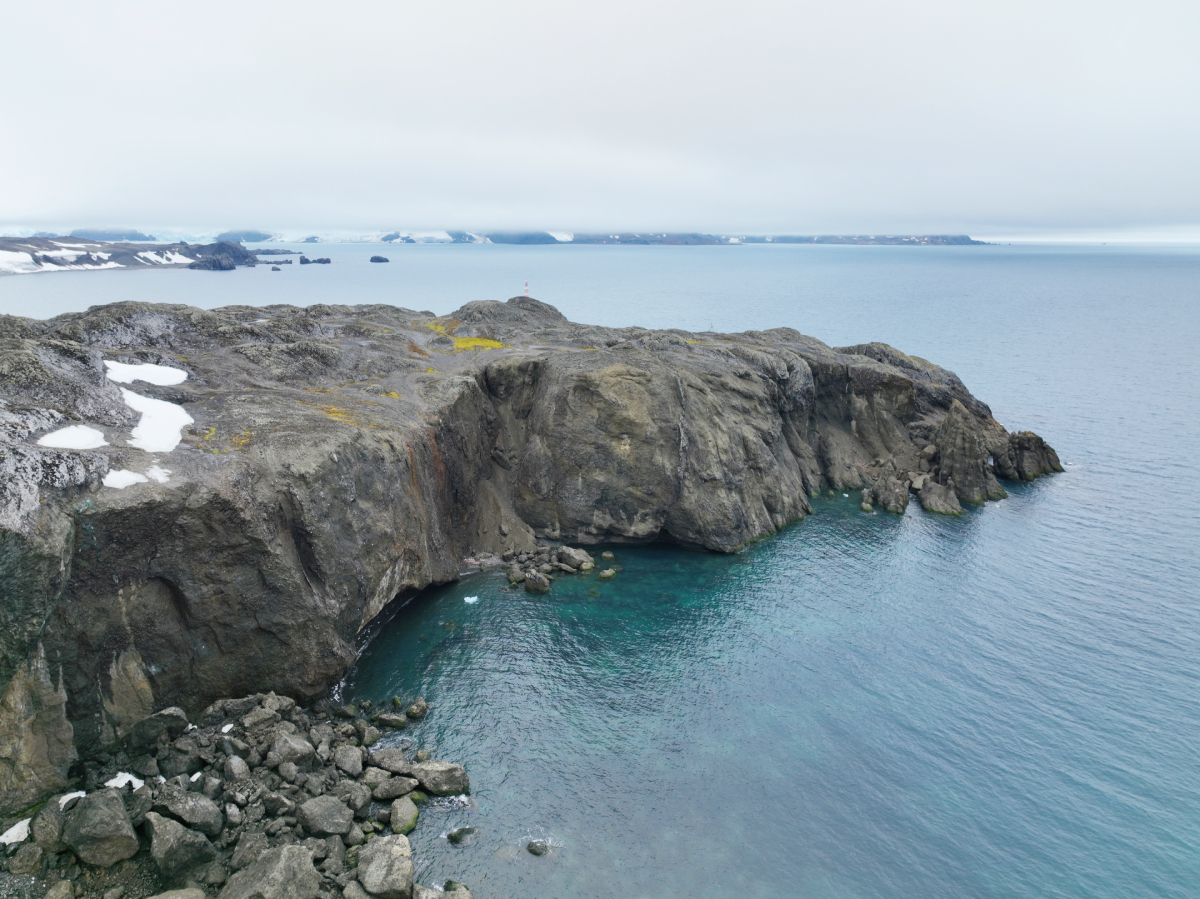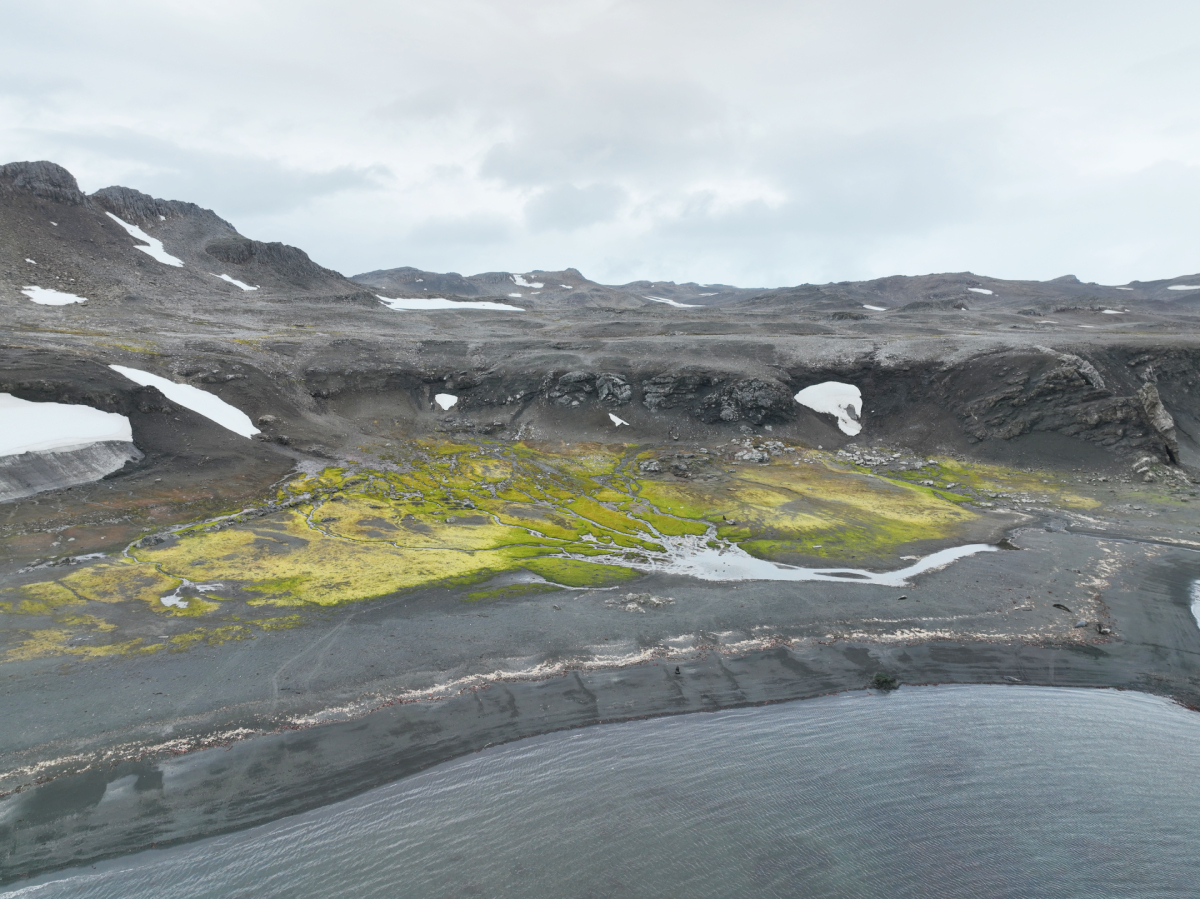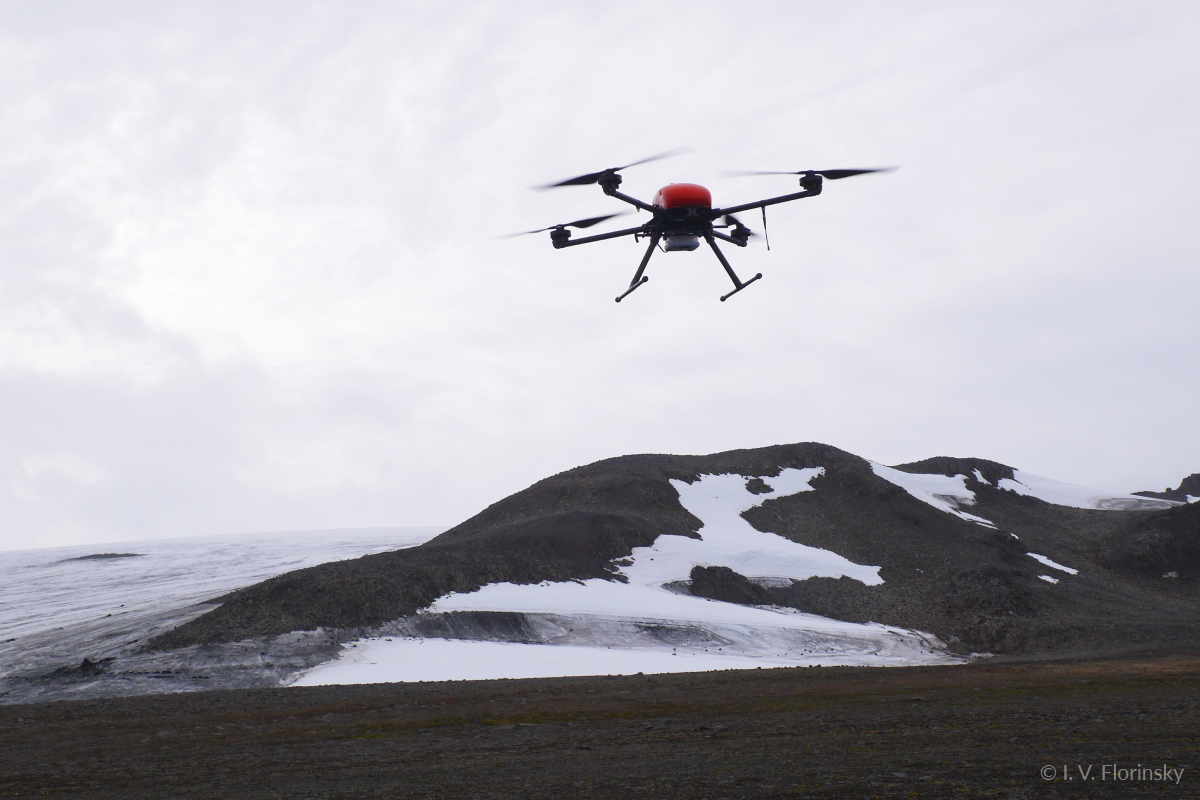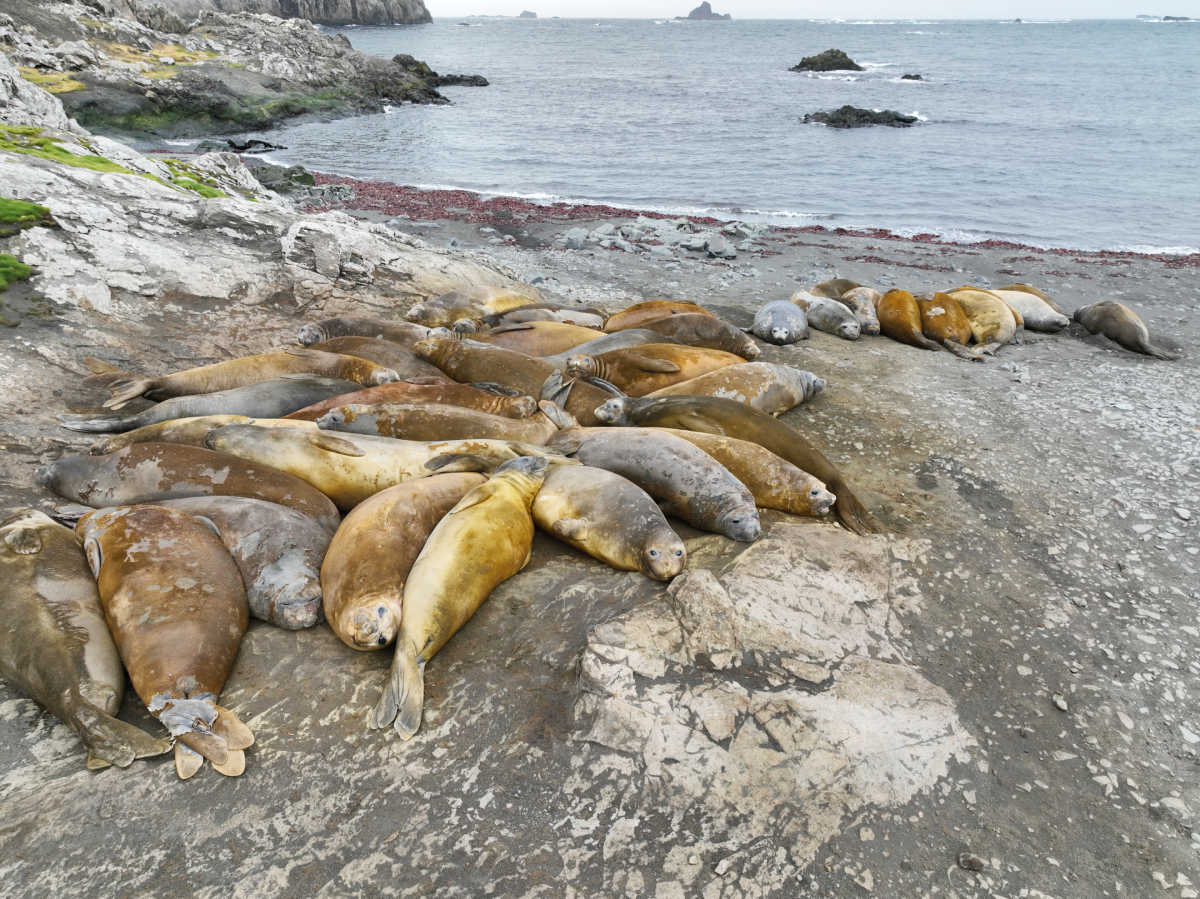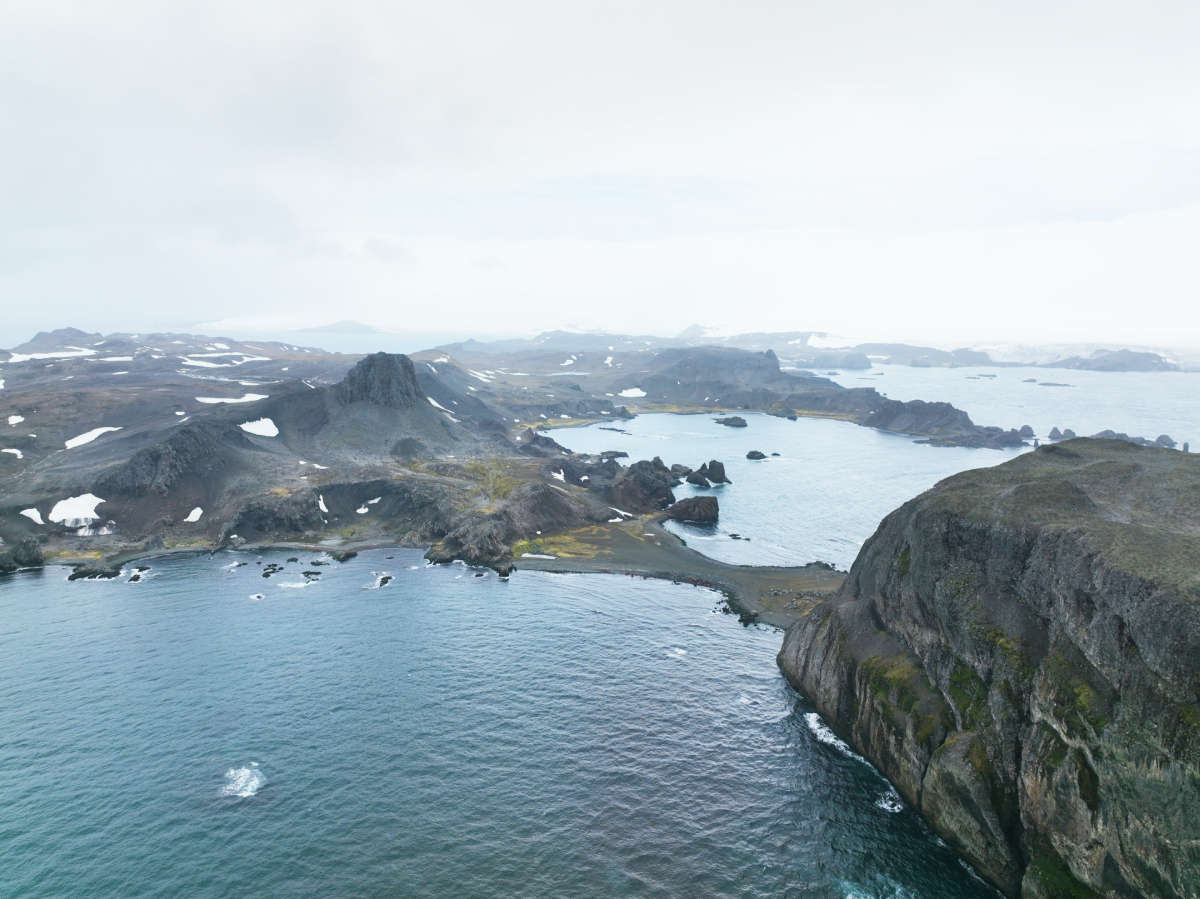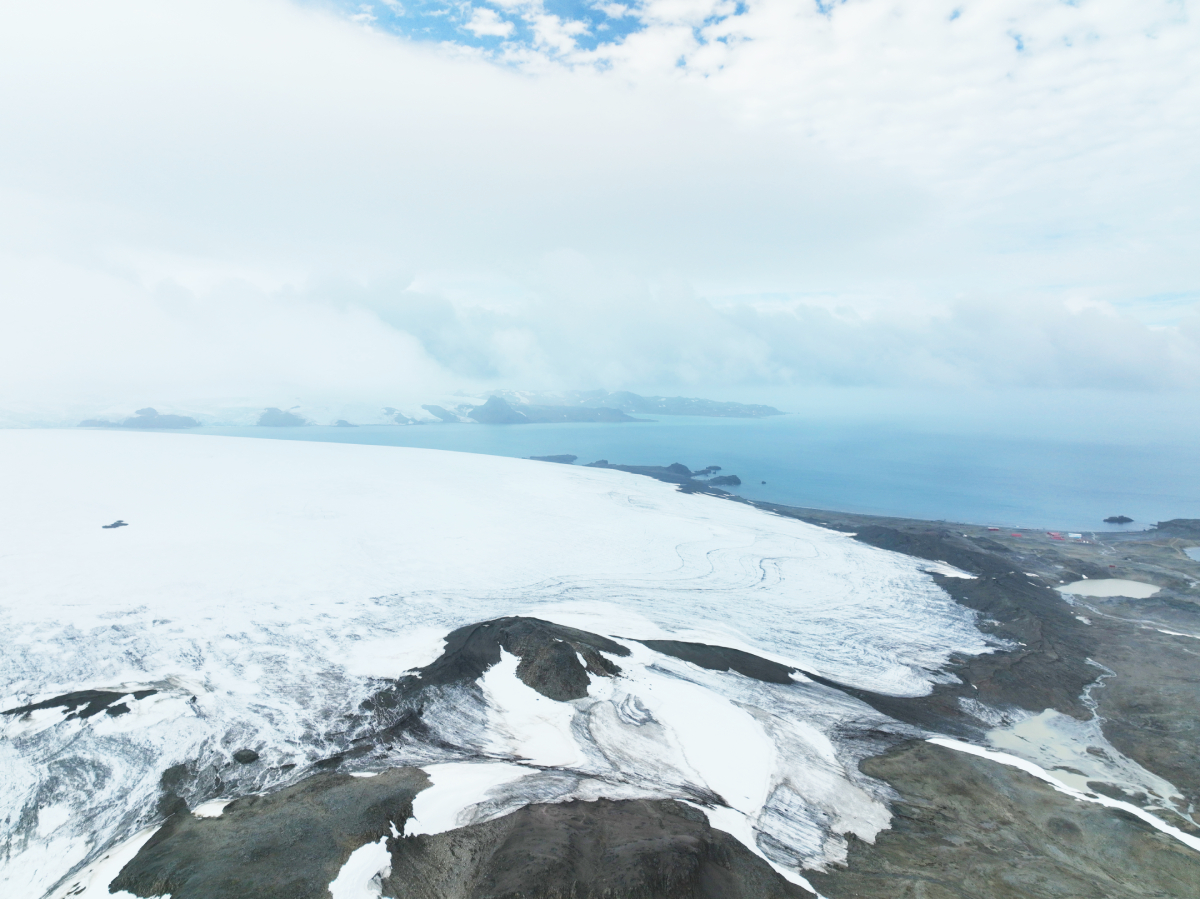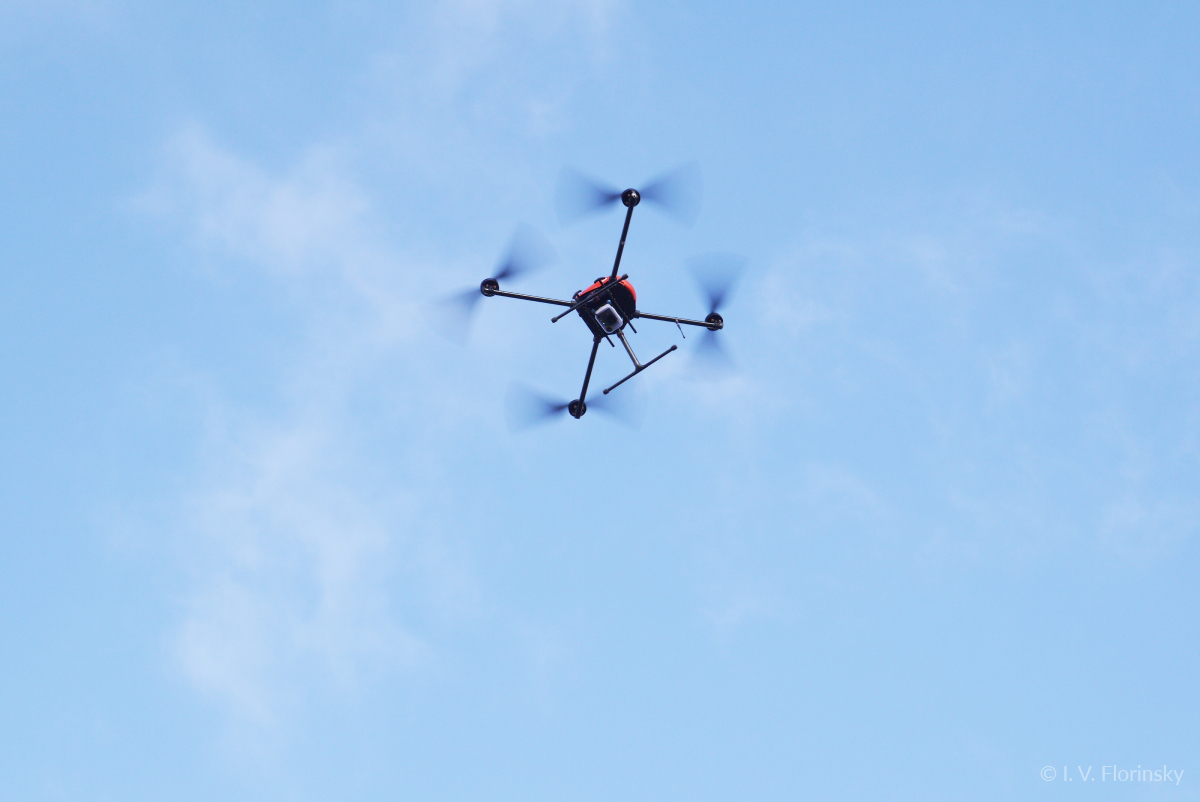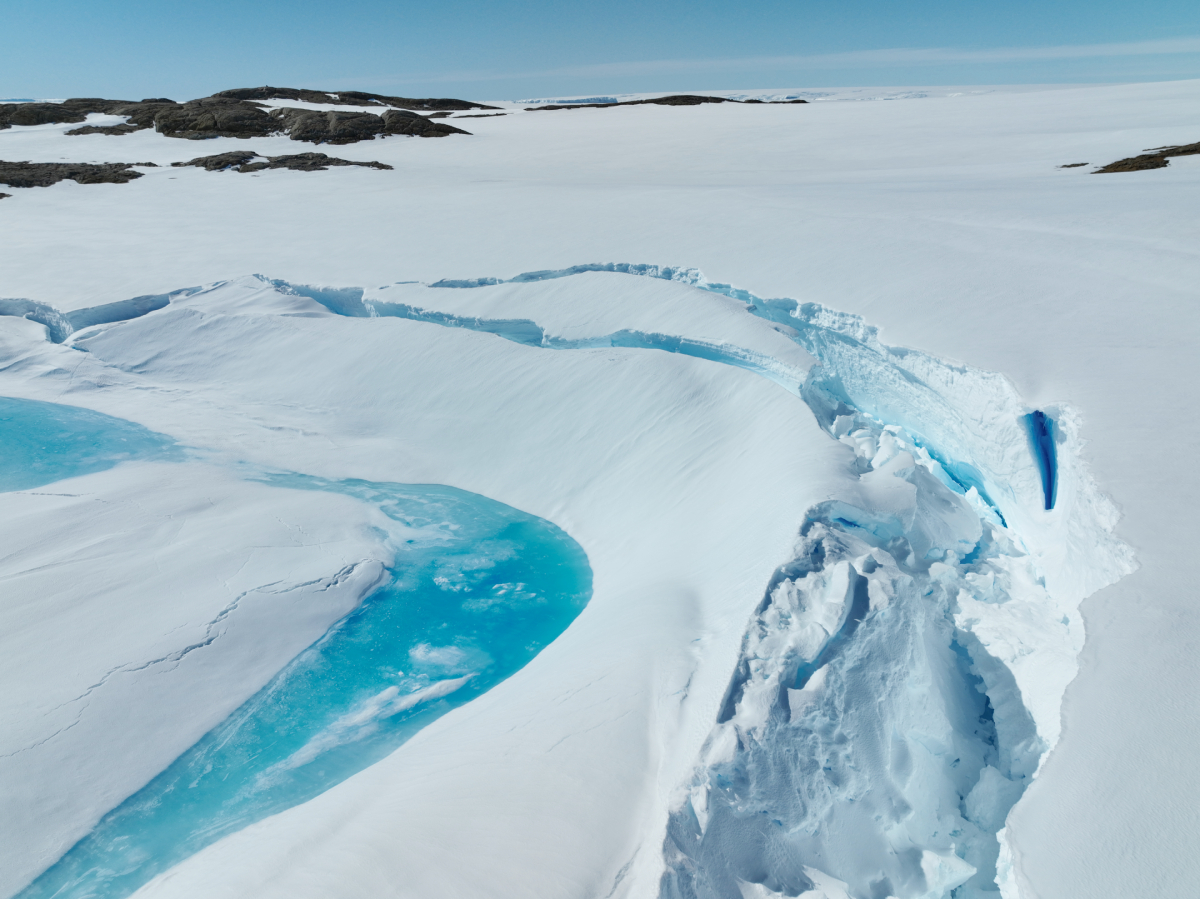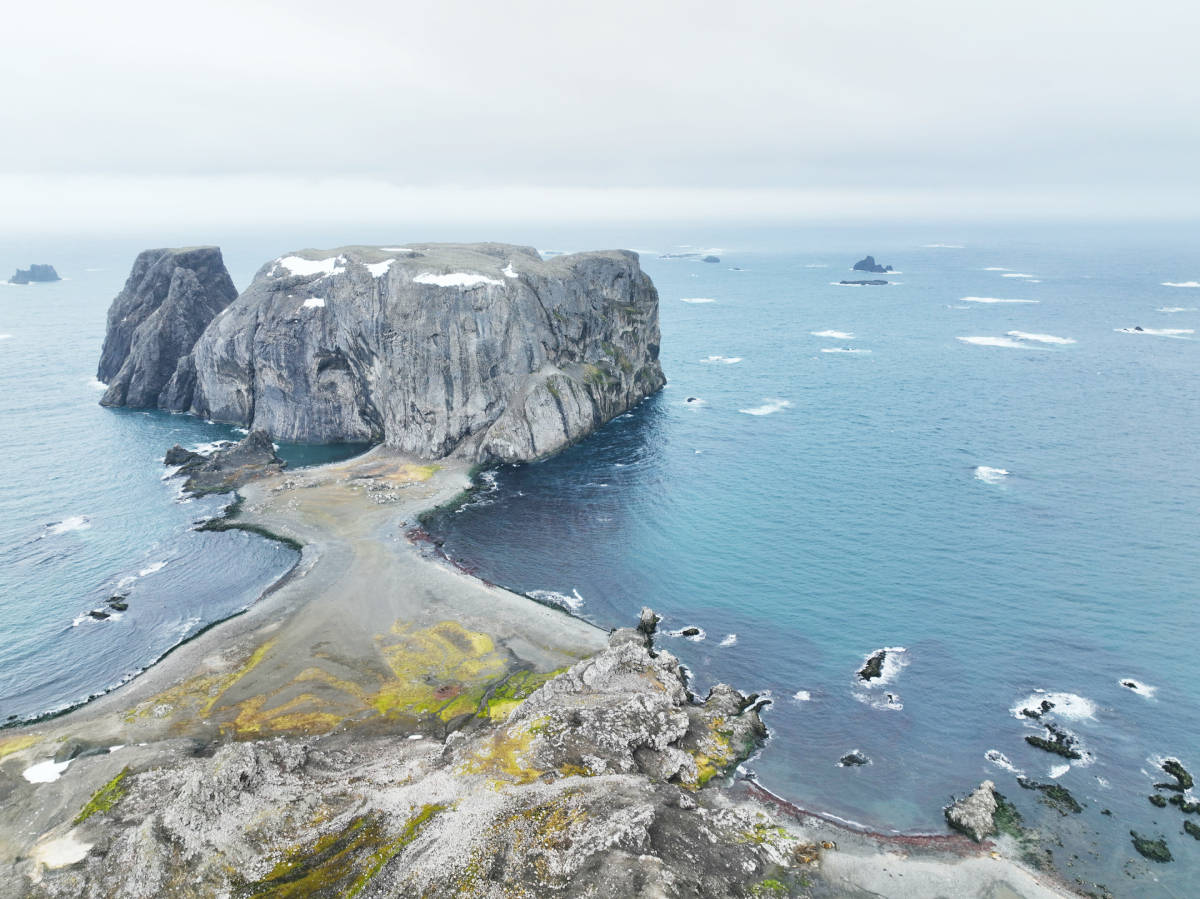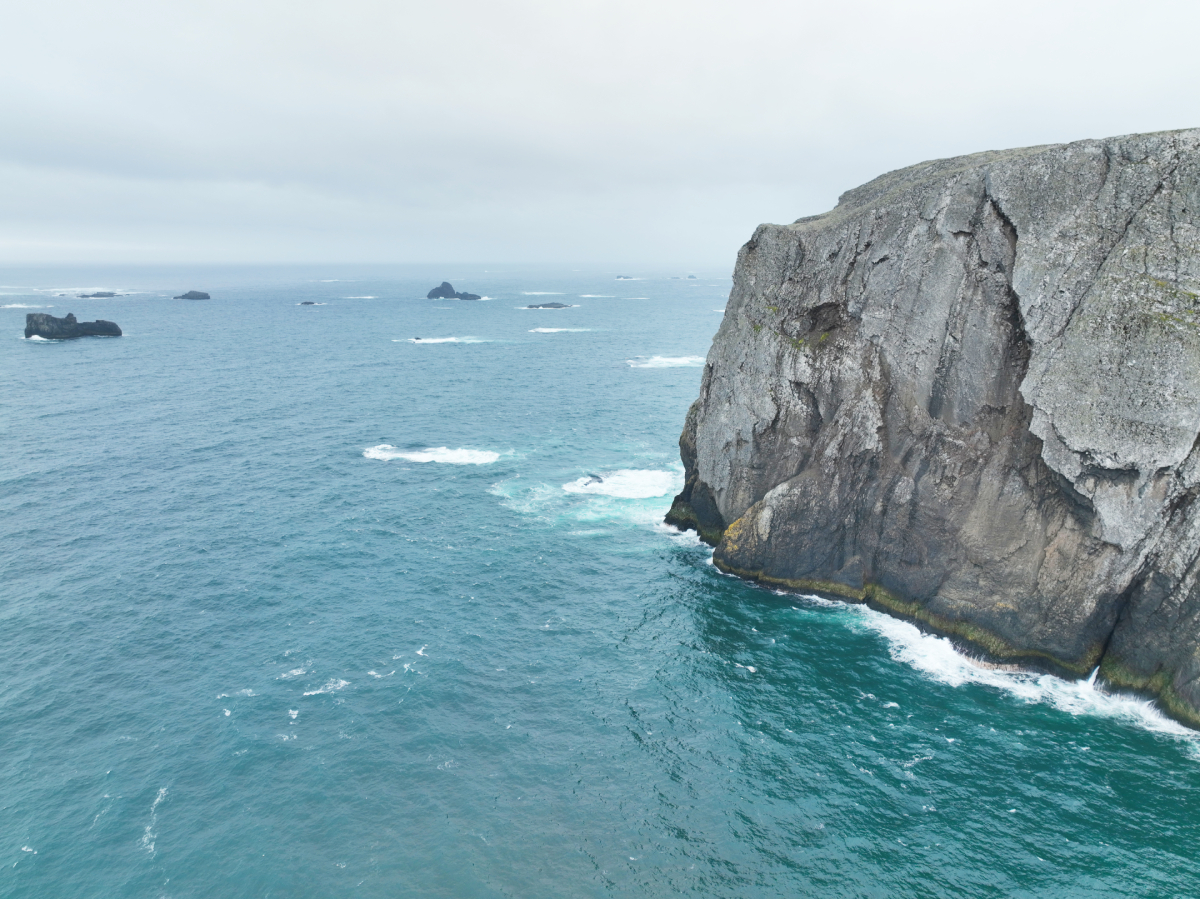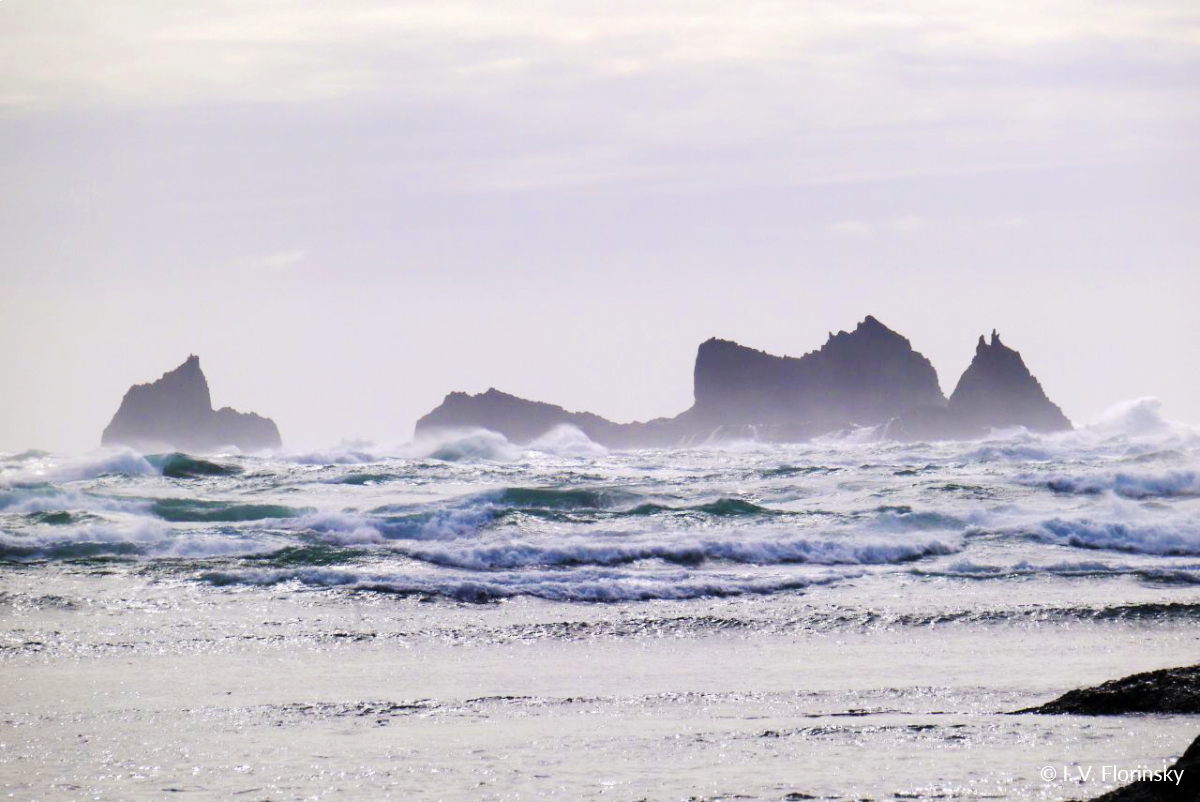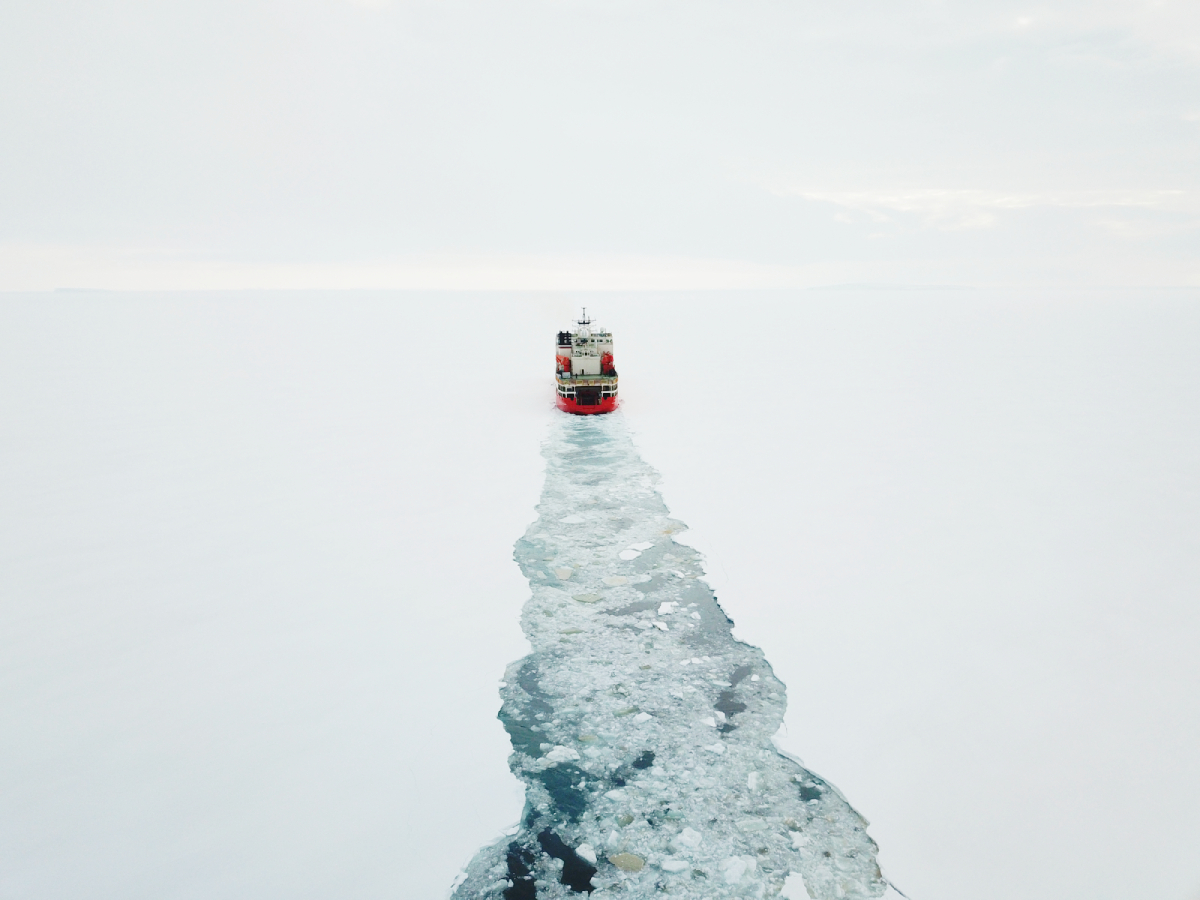On 12 April 2022, on Cosmonautics Day, the scientific research vessel Akademik Tryoshnikov laid at anchor in harbour of Saint Petersburg, with our pilot on board. 67th Russian Antarctic Expedition (RAE), which had been lasting for more than four months, came to the end.
Previously, we told you about Molodyozhnaya Station where our pilot and other scientists worked just several hours. Next RAE destination was Bellingshausen Station on King George Island of the South Shetland Islands. It took a week to reach it.
Works at Bellingshausen Station started on 25 January and lasted for about a month. However, the weather, especially dense fog, took its toll on flights which were made not so frequently as our pilot wanted. The situation was complicated by the fact that the station was located near Chilean airfield and below the path of descent, with aircrafts often taking off and landing. Thus, before any UAV flight our pilot needed to coordinate it with the control tower.

While working at the station, Geoscan pilot surveyed the following objects:
- Fildes Peninsula with adjoining rocks;
- Stansbury Peninsula (Nelson Island);
- Bellingshausen Dome;
- Collins Glacier.
The first two objects were surveyed by 701 — the most efficient Geoscan UAV. 201 and 401 UAVs flew over other territories. Initially Geoscan 201 mapped the area and collected data to build the glacier DEM which was afterwards used by Geoscan 401 to measure the albedo. Being familiar with the terrain in advance, the quadcopter carefully followed it. An instrument, used to measure the albedo and designed by the Arctic and Antarctic Research Institute, provided a payload for Geoscan 401. Collected data are supposed to be used to monitor climate changes.
As for Bellingshausen Dome, Geoscan 401 made three flights at the altitude of 25 metres. Its mission consisted of four tacks from the west to the east. While surveying Collins Glacier, the quadcopter flew six times at the altitude of 50, 75 and 100 metres.
On 22 February, after completing all the tasks, RAE team returned to Akademik Tryoshnikov. Next destination was Cape Town, and this time the guys managed to observe the city. Then they reached Bremerhaven and Saint Petersburg.
